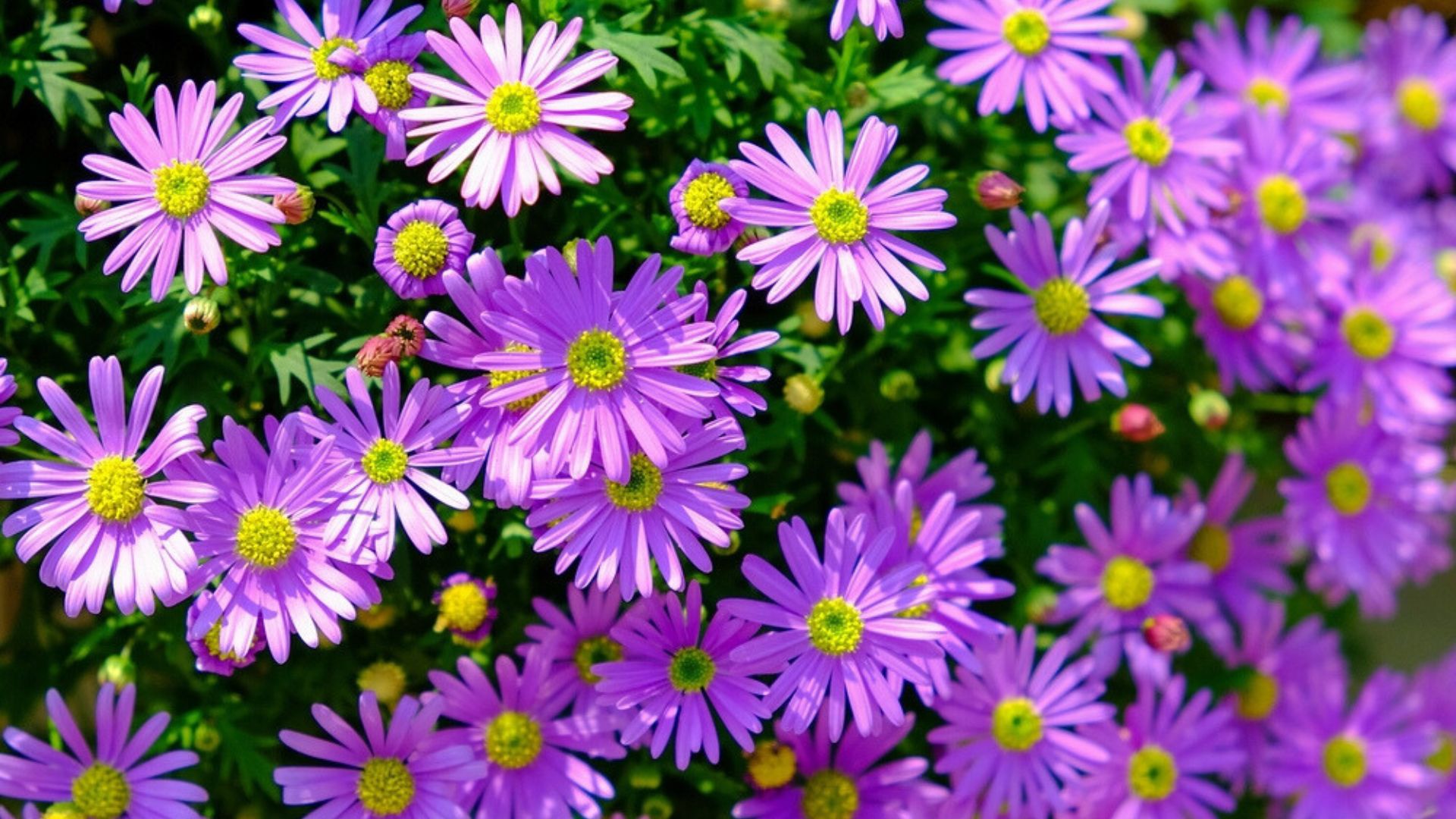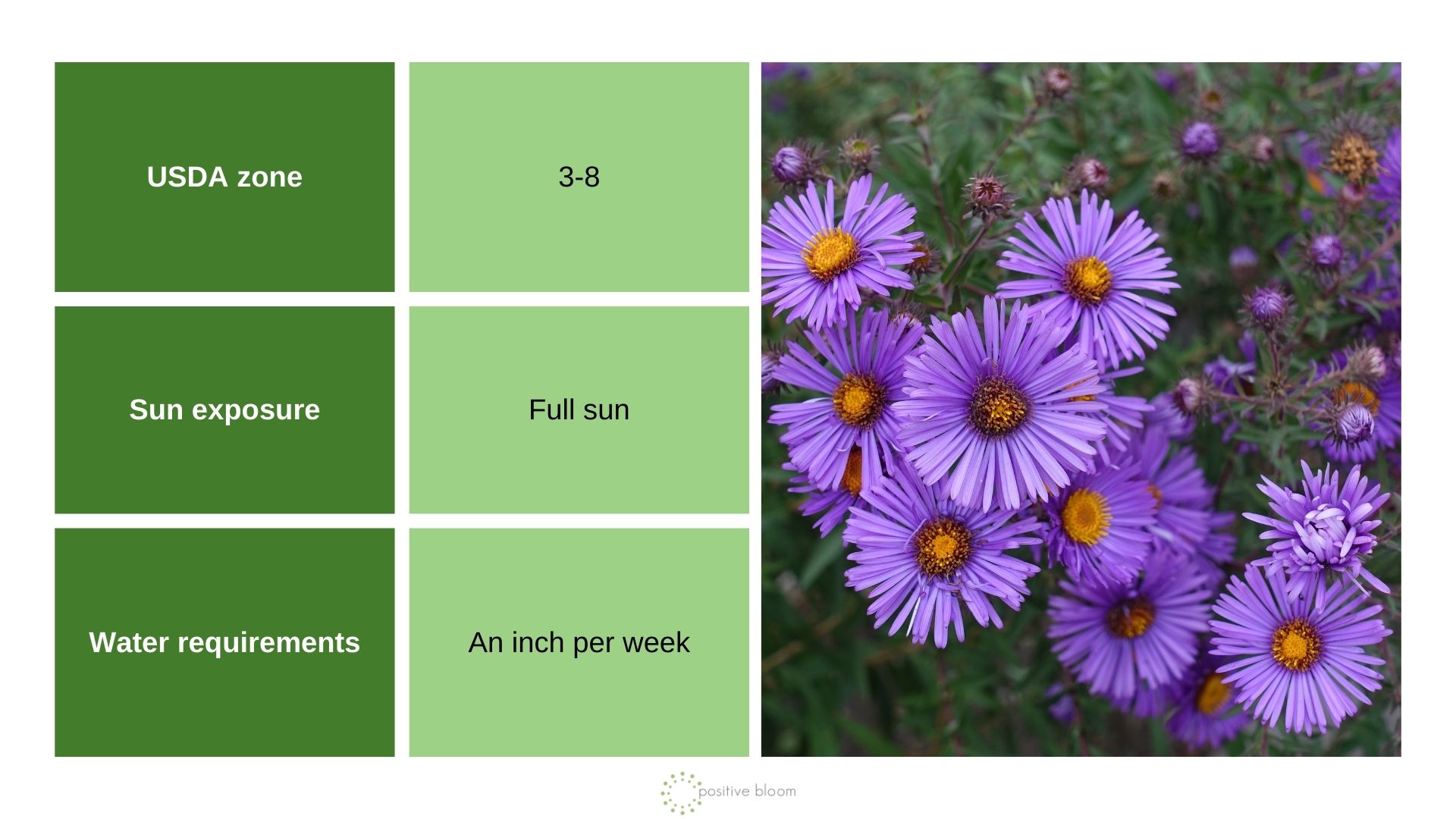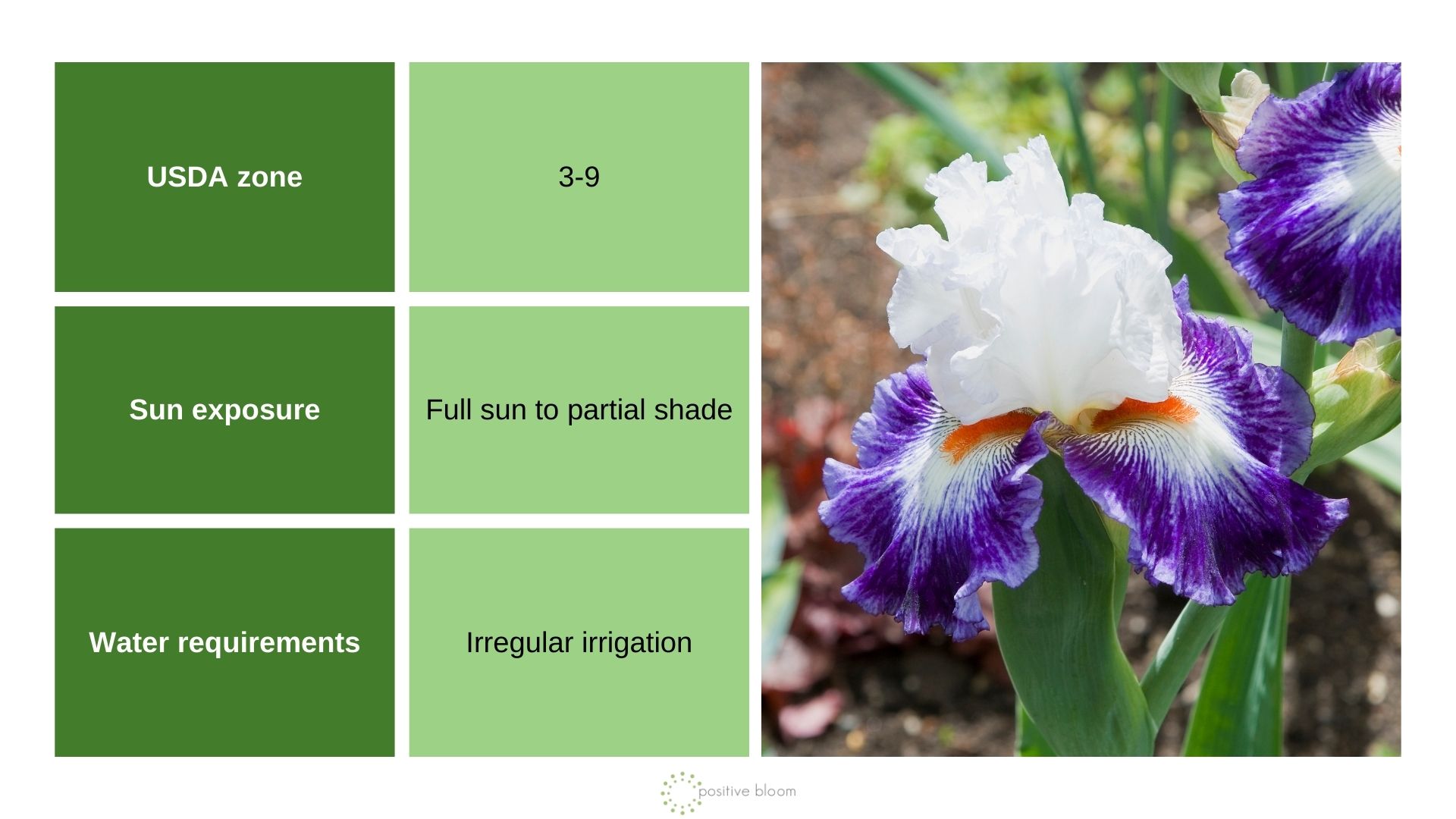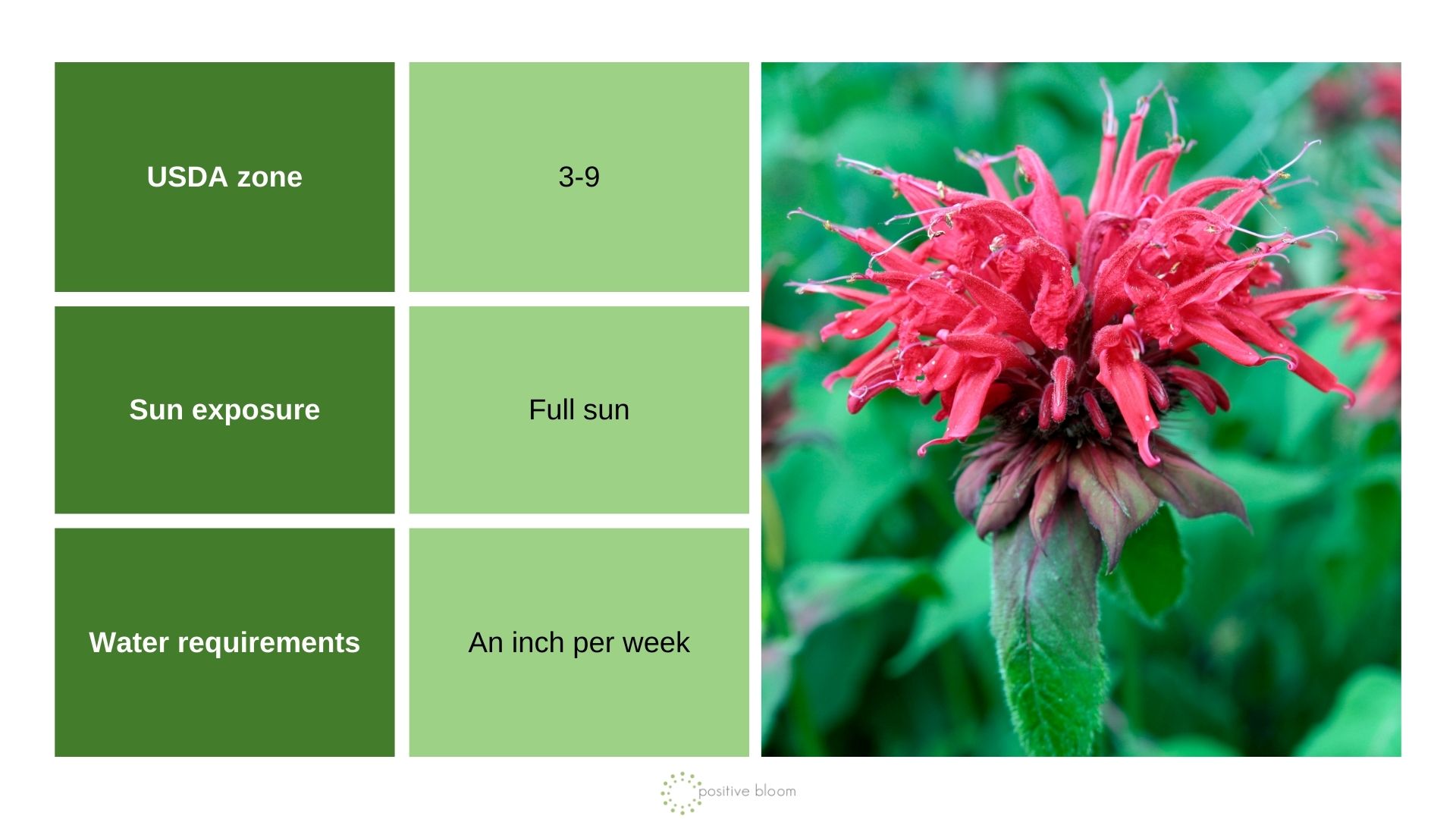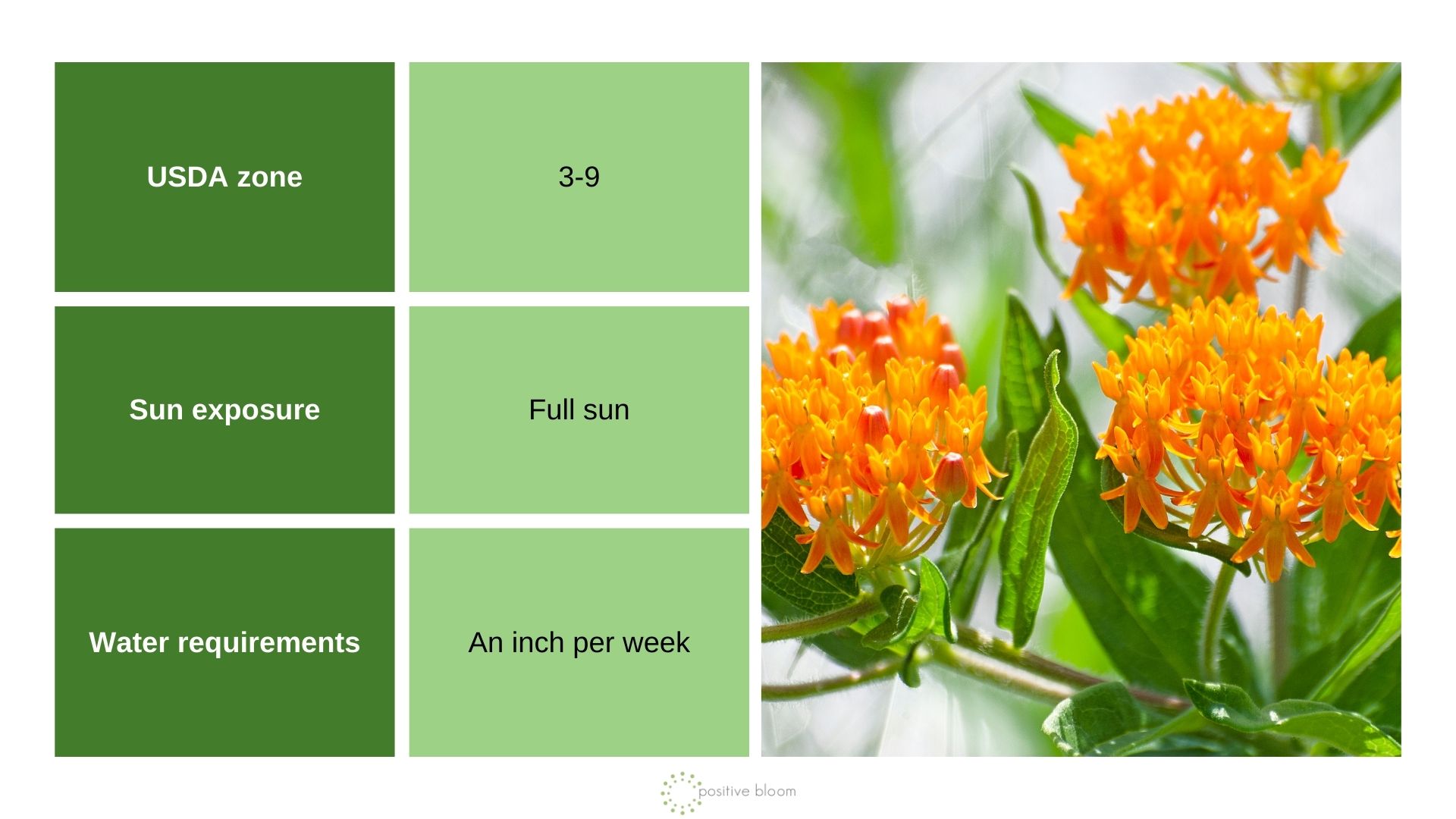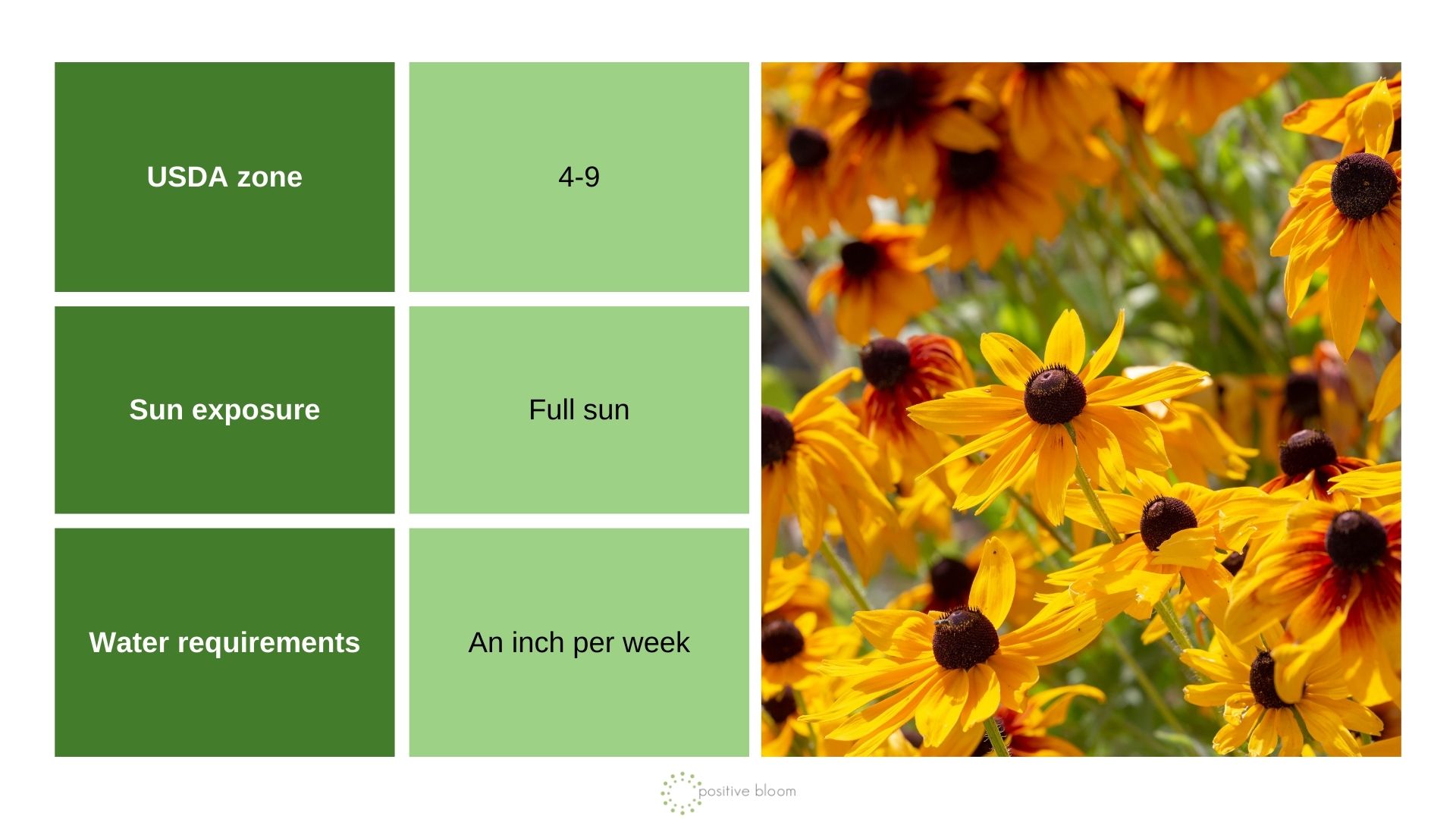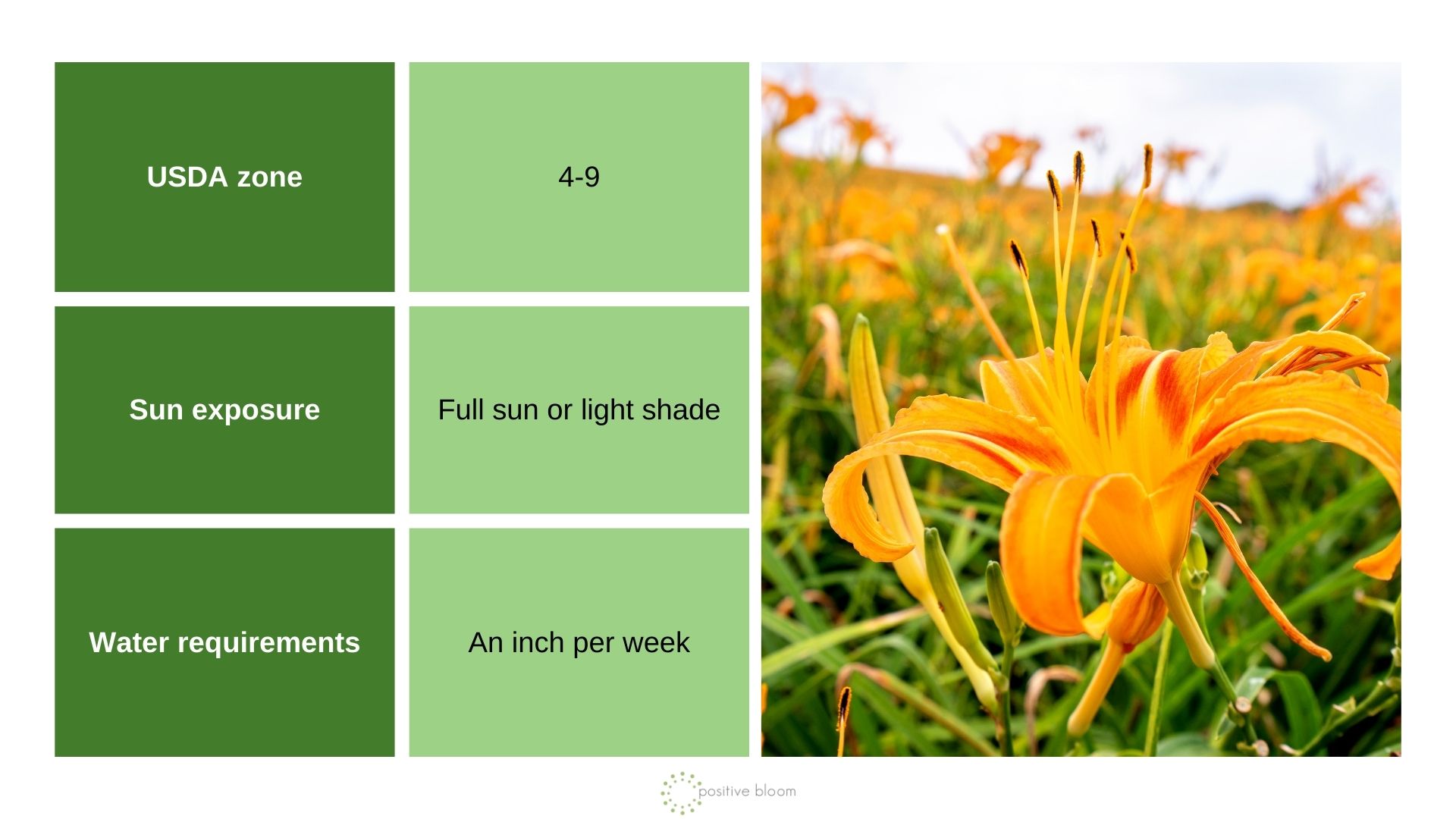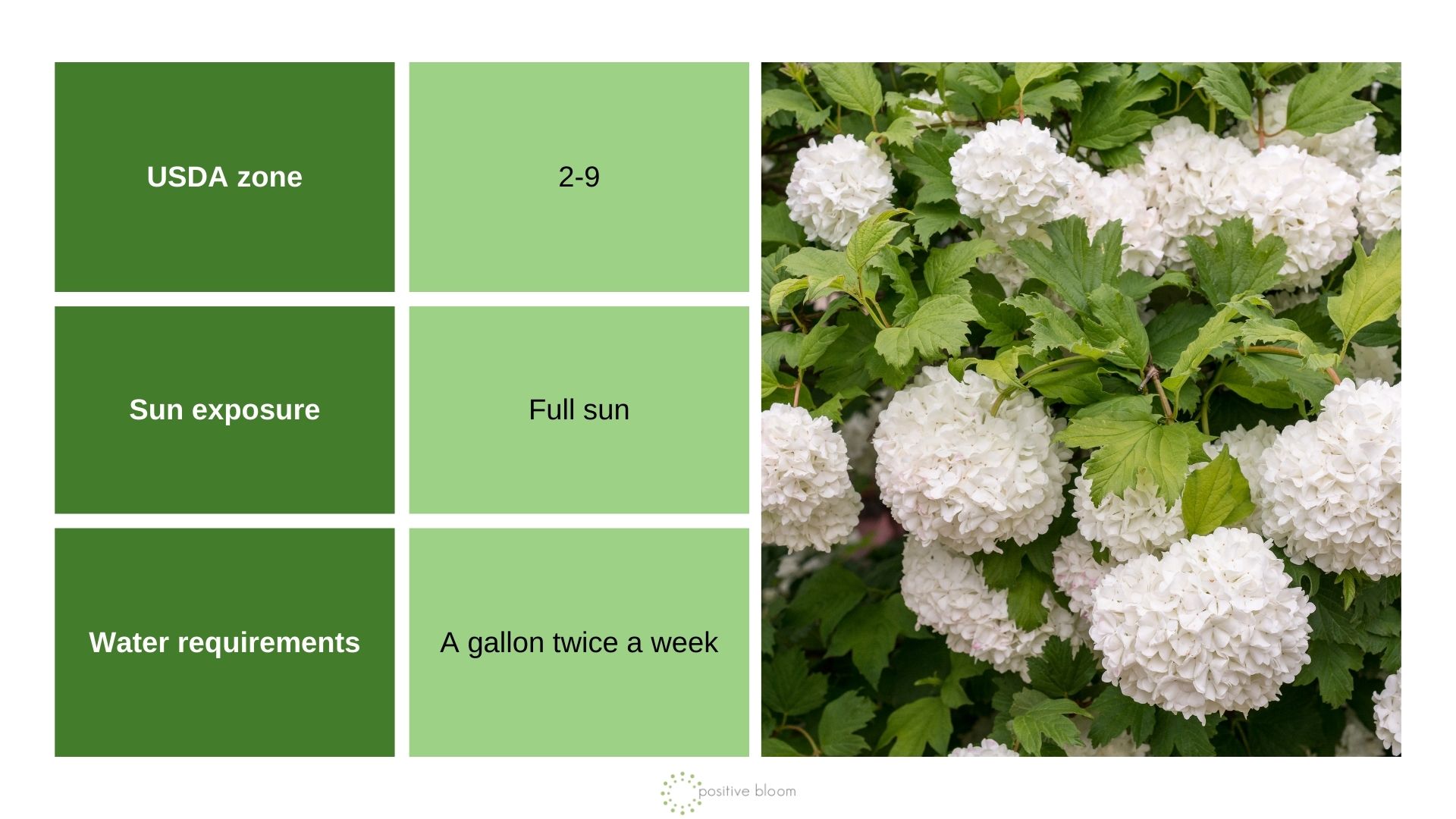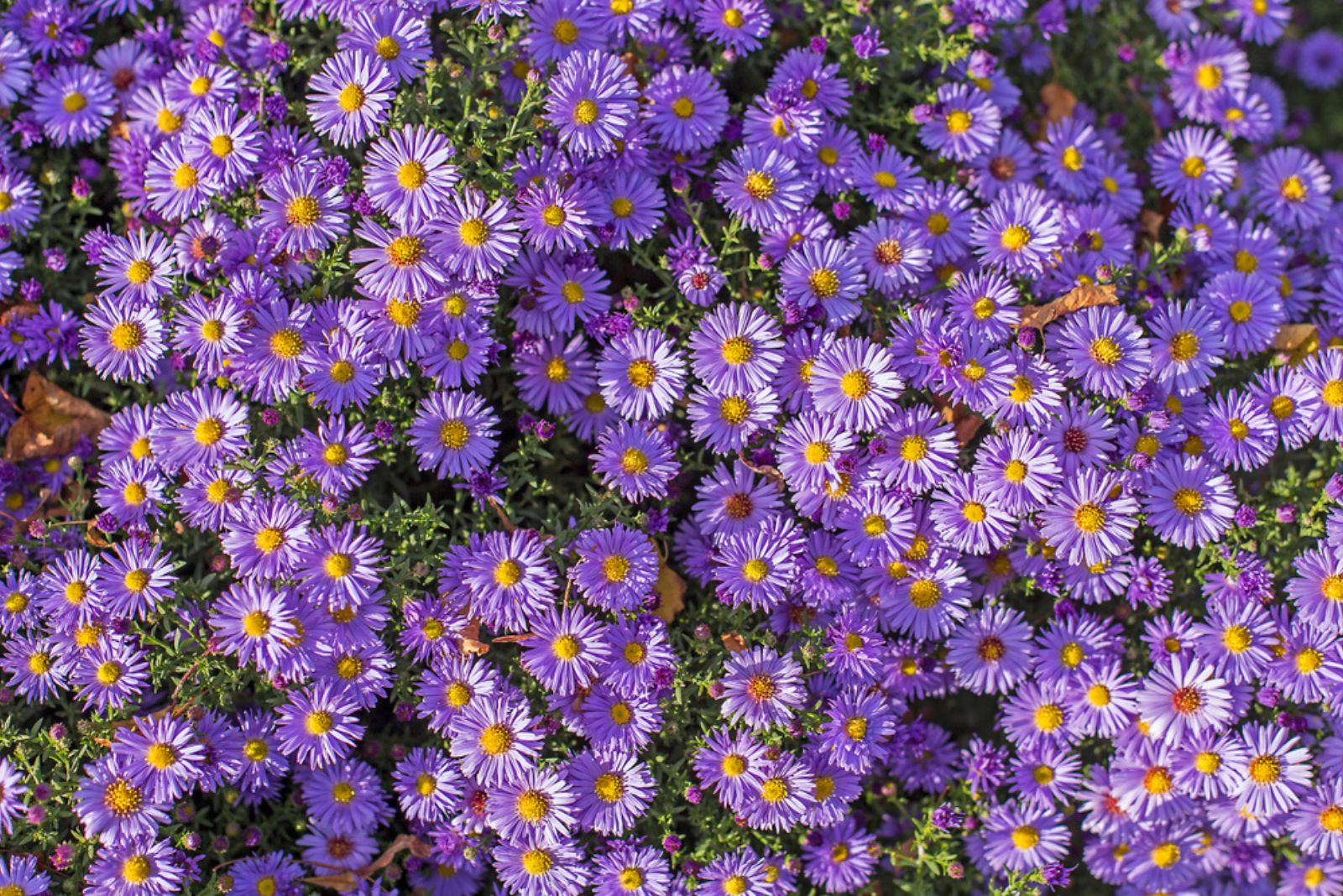Gardening doesn’t always run smoothly, and one thing that can happen is heavy, clay, and compacted substrate.
This calls for a lot of amending that can be cumbersome, and even then there’s no guarantee your plants will make it.
But that only means you have to change the things you grow. Some plants can flourish in a variety of soil types, including clay mediums.
The following eight are ideal for clay soils and will thrive with intervention.
Let’s get started!
1. Aster
Asters usually grow in zones 3-8, but we can find them in Florida in zones 8-10 as well. There are numerous cultivars you can grow; just find the one suited for your region.
One of my favorites is definitely the ‘October Skies’ aromatic aster with its fragrant foliage, light violet flowers, and mounding growth habit.
Also, asters bloom from late summer to fall, can tolerate an array of soils as long as they are well-draining, and are a perfect addition to rock gardens.
These perennials will even give you some privacy since there are cultivars that can get up to 6 feet tall.
2. Bearded Iris
Bearded irises are hardy flowers that can tolerate an array of conditions, including clay soils.
However, they don’t like to be overly watered, which is why you should only irrigate them in early spring and during dry spells (when there’s no rain for 3-4 weeks).
Plant them in a spot with full sun in cooler climates and some part shade in hotter regions.
Bearded irises look stunning with their purple, blue, crimson, white, or bicolor flower heads in spring and will come back year after year if you take good care of them.
3. Bee Balm
There are many reasons to grow bee balm in your garden, including this plant being a pollinator magnet and adorning your garden with color.
These perennials are prized for their unique flower heads and are quite easy to grow. You only need to find them a spot with full sun, any type of soil with good drainage (including clay amended with compost), and water during dry spells.
Bee balm will quickly take root and grow up to 4 feet tall, giving your garden some privacy.
Finally, some say it can grow in part shade, but it tends to get leggy in these conditions and produce below-average flowers.
4. Butterfly Weed
Butterfly weed is on the list of native wildflowers you can sow in October to enjoy its blossoms in summer.
It will attract butterflies and other pollinators to your garden, doesn’t need any special treatment aside from full sun and occasional watering during drought, and can tolerate clay soils with some drainage.
After you give it all this, all that’s left is to cut it back before winter, and your job caring for it is done.
5. Coneflower
Most coneflower cultivars thrive in zones 4-9, but there are varieties that can tolerate the climate of zones 3 and 10.
They come in an array of colors, although yellow, red, and purple coneflowers are the most popular.
Their fibrous roots tolerate a wide range of soils, including clay ones as long as they have good drainage. That’s why you should amend your substrate with some compost or other draining material.
Coneflowers are hardy wildflowers that come back every year, and one thing that can help you get even more of their gorgeous blossoms is knowing when to cut back coneflowers
6. Daylily
If you’re having trouble with clay soil, plant daylilies and color your garden yellow, orange, red, pink, or purple. And the best part is that these plants can adapt to almost any type of substrate.
But even though they love moisture, daylilies don’t do well when clogged with water, so don’t irrigate them too often and try to give your medium a little bit of drainage.
From here, all that’s left is to learn when to divide daylilies to keep them healthy and thriving.
7. Hosta
If you have free space below your trees, fill them in with hostas. These plants love the protection from harsh sunlight that the trees give them and will thrive in these conditions.
They don’t mind clay soils and love moisture, which is why you should irrigate them 2-3 times per week during hot summers.
But even with the best of care, something can still happen and lead to your hostas turning yellow. In this case, check whether its watering and lighting is on point.
8. Viburnum
There’s a viburnum for almost any climate; you just have to look for the one that will thrive in your region.
These shrubs thrive in clay and moist soils, but they still love drainage, so amending it with compost before planting is a good idea.
Another thing I love about viburnums is that they can adapt to drought pretty well, and only need supplemental irrigation if it hasn’t rained for about 3-4 weeks.
9. Black-eyed Susans
A splash of sunny color can transform any garden. Black-eyed Susans, with their iconic yellow petals and dark centers, are robust enough for clay soil.
These perennials are not only easy to grow but also drought-tolerant once established.
Their cheerful blooms attract butterflies, adding life and movement. Plant them en masse for a stunning visual effect.
Regular deadheading will encourage more blooms, ensuring your garden stays vibrant. Black-eyed Susans are a reliable choice for any gardener seeking low-maintenance beauty.
10. Asters
Think beyond the usual bloom season and extend your garden’s life. Asters are perfect for adding a pop of color in the fall.
These daisy-like flowers come alive in clay soil, providing a late-season feast for bees and butterflies.
Plant them in full sun for best results. Asters are easy to care for, requiring just occasional watering during dry spells.
Their vibrant hues and star-shaped blooms make them a favorite choice for autumn gardens. Enrich your landscape by incorporating these cheerful plants.
The Best Soil For Planting
They are tall and perfect for privacy, smell amazing in summer, and come in an array of colors that can complement any landscape.
P.S. Viburnum is on the list of plants you should never cut back in fall, so try to refrain from pruning until it’s done flowering.
9. Black-eyed Susans
The perfect planting mix is loam. It consists of 40% sand, 40% silt, and 20% clay with plenty of organic matter.
This substrate has everything your plants need: moisture retention, excellent drainage, nutrients and the ability to retain them well, and aeration.
And if you’re not sure what kind of substrate you have, you can always get a soil kit that tells you everything you need to know, including soil composition, pH value, and NPK levels.
P.S. Don’t forget to rejuvenate your raised bed soil or garden substrate from time to time because the plants will deplete it eventually.

